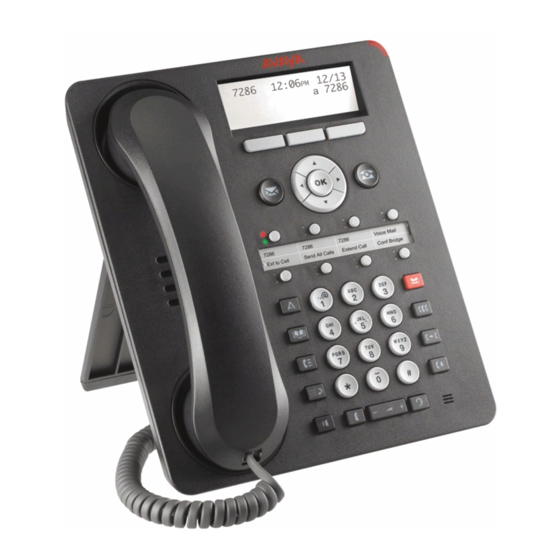®
PARTNER
Advanced Communications System Installation, Programming, and Use
Providing Telecommunications Security
Telecommunications security (of voice, data, and/or video communications) is the prevention of
any type of intrusion to (that is, either unauthorized or malicious access to or use of your
company's telecommunications equipment) by some party.
Your company's "telecommunications equipment" includes both this Avaya product and any other
voice/data/video equipment that could be accessed via this Avaya product (that is, "networked
equipment").
An "outside party" is anyone who is not a corporate employee, agent, subcontractor, or working on
your company's behalf. Whereas, a "malicious party" is anyone (including someone who may be
otherwise authorized) who accesses your telecommunications equipment with either malicious or
mischievous intent.
Such intrusions may be either to/through synchronous (time-multiplexed and/or circuit-based) or
asynchronous (character-, message-, or packet-based) equipment or interfaces for reasons of:
Utilization (of capabilities special to the accessed equipment)
I
Theft (such as, of intellectual property, financial assets, or toll-facility access)
I
Eavesdropping (privacy invasions to humans)
I
Mischief (troubling, but apparently innocuous, tampering)
I
Harm (such as harmful tampering, data loss or alteration, regardless of motive or intent)
I
Be aware that there may be a risk of unauthorized intrusions associated with your system and/or
its networked equipment. Also realize that, if such an intrusion should occur, it could result in a
variety of losses to your company (including, but not limited to, human/data privacy, intellectual
property, material assets, financial resources, labor costs, and/or legal costs).
Your Responsibility for Your Company's
Telecommunications Security
The final responsibility for securing both this system and its networked equipment rests with you —
a system administrator, your telecommunications peers, and your managers. Base the fulfillment
of your responsibility on acquired knowledge and resources from a variety of sources including but
not limited to:
Installation documents
I
System administration documents
I
Security documents
I
Hardware-/software-based security tools
I
Shared information between you and your peers
I
Telecommunications security experts
I
A. Customer Support
6

